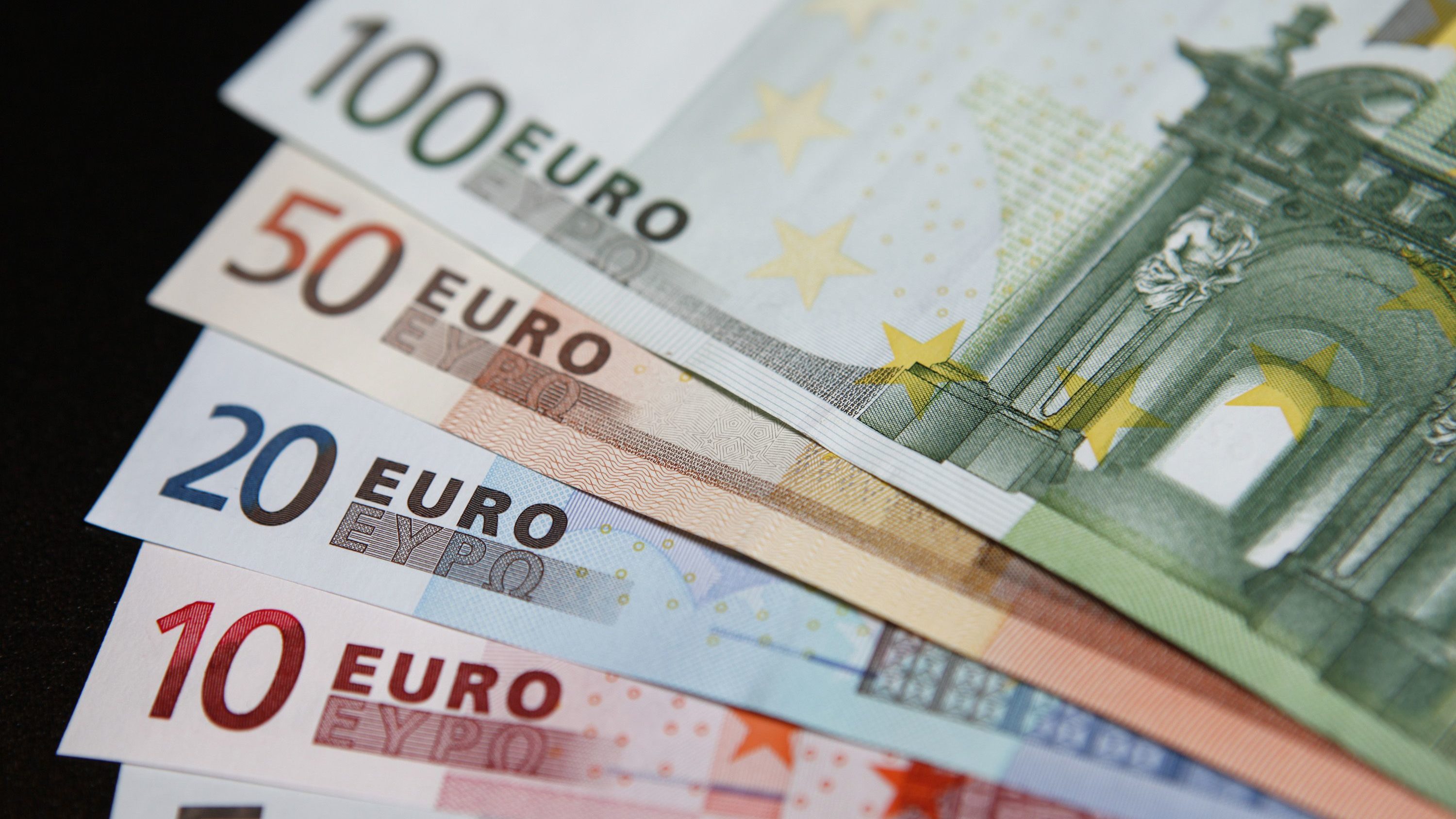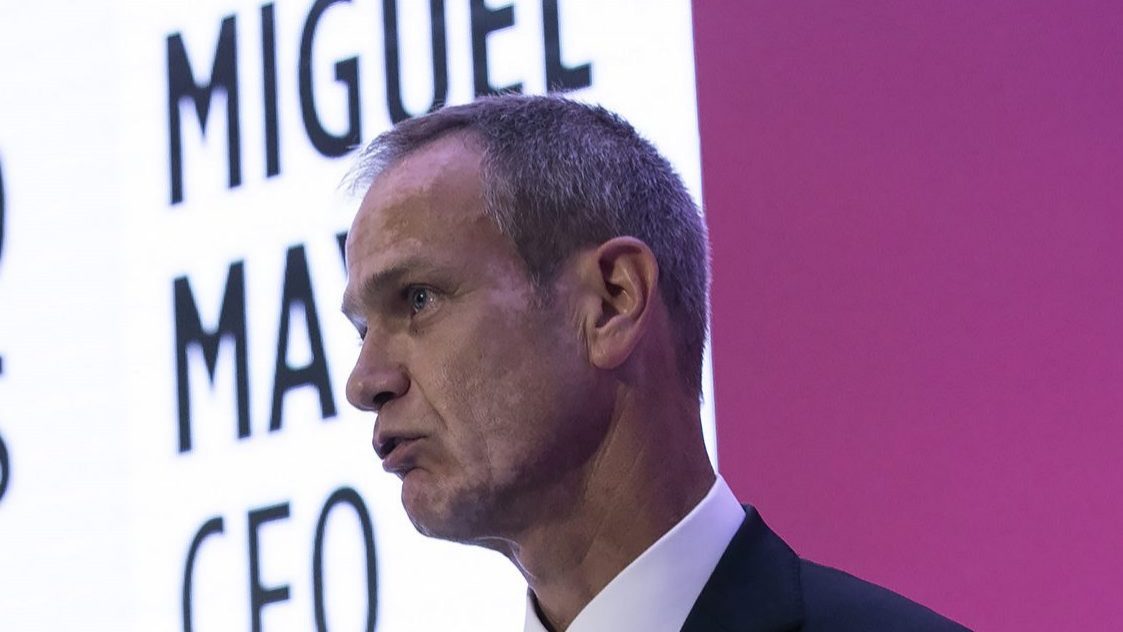Portugal’s GDP rises 7.1% in 2022 Q2
Portuguese economy grew 7.1% in second quarter, 0.2 percentage points above INE's first estimate.
Portugal’s Gross Domestic Product (GDP) grew by 7.1% in the second quarter compared to the same period of 2021 and zero growth compared to the first quarter, Statistics Portugal (INE) said on Wednesday.
Today’s figures revised upwards the quick estimate published on July 29 by INE, which pointed to GDP growth of 6.9%tyear-on-year in the second quarter and a contraction of 0.2% quarter-on-quarter.
According to the INE, these preliminary estimates for the second quarter of 2022 reflect, in the year-on-year comparison, “partly a base effect, given that in the first quarter of 2021, several measures were in place to fight the pandemic that affected economic activity.
The preliminary estimates presented today “point to a year-on-year change in GDP of 7.1% in real terms in the second quarter of 2022, an upward revision of 0.2 percentage points compared to the quick estimate, which compares with rates of 11.8% in the previous quarter and 16.5% in the second quarter of 2021.
The institute noted that “the deceleration of GDP in year-on-year terms partly reflects a base effect, given that in the first quarter of 2021, several measures to combat the pandemic were in force, which affected economic activity.
In nominal terms, GDP registered a year-on-year growth of 11.1% (12.5% in the previous quarter and 15.5% in the second quarter of 2021). The implicit GDP deflator “accelerated significantly” in the second quarter, to a year-on-year rate of change of 3.7% (0.7% in the previous quarter).
According to INE, the contribution of domestic demand to the year-on-year variation of GDP “decreased in the second quarter, from 10.0 percentage points to 3.7 percentage points, with a less marked growth in private consumption and investment”.
The positive contribution of net external demand to the year-on-year change in GDP, on the other hand, increased to 3.5 percentage points (1.7 percentage points in the previous quarter), “as a result of the sharper acceleration of exports of goods and services than that of imports of goods and services”.
“In the second quarter, prices implicit in international trade flows increased significantly, with a greater acceleration in exports due to the services components, leading to a less intense loss in trade than in the previous quarter,” INE said.
According to the institute, “the effect of the evolution of the terms of trade combined with the positive performance in volume resulted in an improvement of the external balance of goods and services in nominal terms, to -2.2% of GDP (-3.6% of GDP in the first quarter).
Analysing domestic demand by components, in real terms, the deceleration of private consumption (including Non-Profit Institutions Serving Households) to a year-on-year change of 4.2% (12.2% in the previous quarter) should be highlighted in the second quarter.
Public consumption increased by 1.4% year-on-year, down 3.4 percentage points from the previous quarter, and investment slowed from 6.4% growth in the first quarter to 3.3%.
From April to June, the contribution of net external demand to the year-on-year change in GDP increased to 3.5 percentage points from 1.7 percentage points in the previous quarter.
Exports of goods and services by volume recorded a “sharper acceleration” than the imports of goods and services, rising from a year-on-year change of 18.6% in the first quarter to 26.8%. In comparison, imports of goods and services increased by 16.4% in the second quarter, after a rate of 13.4% in the previous quarter.
Compared with the previous quarter, GDP registered a zero rate of change in real terms in the second quarter of 2022, an upward revision of 0.2 percentage points from the flash estimate (2.5% growth in the previous quarter).
The contribution of domestic demand to the quarter-on-quarter growth rate of GDP was -1.1 percentage points (+2.1 percentage points in the first quarter). In comparison, the positive contribution of net external demand increased from 0.4 percentage points to 1.1 percentage points, “reflecting the higher quarter-on-quarter growth of exports of goods and services than that of imports of goods and services”.
Also, in relation to the first quarter, total exports increased 4.7% in real terms (chain variation of 2.0% in the previous quarter), with the goods component registering a variation of 5.0% and the services component, 4.2% (rates of 0.6% and 4.9% in the first quarter, respectively).
Total imports registered a quarter-on-quarter growth of 2.2% in the second quarter (1.0% in the first quarter), with an increase of 0.6% in the goods component and 11.3% in the services component (rates of 4.2% and -14.0% in the first quarter, respectively).
Investment in volume registered a year-on-year growth of 3.3% in the second quarter, which reflects a slowdown in relation to the previous quarter (a variation of 6.4%).
Total Gross Fixed Capital Formation (GFCF) decelerated to year-on-year growth of 1.5% (6.0% in the first quarter). In contrast, the Change in Inventories changed from a contribution to the year-on-year change in GDP of 0.1 percentage points in the first quarter to a contribution of 0.3 percentage points in the second quarter.
In the second quarter, GFCF in construction declined in real terms, while GFCF in transport equipment, other machinery and equipment and intellectual property products decelerated.
In real terms, Gross Value Added (GVA) at basic prices registered a year-on-year change of 7.5% (9.6% in the previous quarter and 14.8% in the second quarter of 2021). GVA of trade and repair of vehicles and accommodation increased by 19.9% and that of other activities and services by 7.2%.
From April to June, employment rose by 1.8% year-on-year, following a change of 4.4% in the previous quarter and 4.2% in the second quarter of 2021, and productivity (ratio of GDP by volume to the number of persons employed) rose by 5.2% year-on-year.
On the other hand, productivity measured based on hours worked rose 7.9% year-on-year, after rising by 0.2% in the first quarter (-9.5% in the second quarter of 2021).
(article last updated at 12h27 pm)


